Filter by
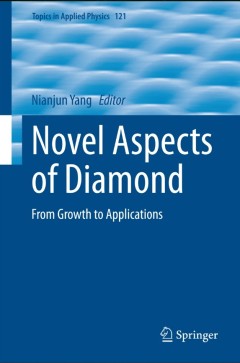
Novel Aspects of Diamond:From Growth to Applications
This book focuses on new research fields of diamond, from its growth to applications. It covers growth of atomically flat diamond films, properties and applications of diamond nanoparticles, diamond nanoparticles based electrodes and their applications for energy storage and conversion (supercapacitors, CO2 conversion etc.). Diamond for biomimetic interface, all electrochemical devices for in v…
- Edition
- 1
- ISBN/ISSN
- 978-3-319-37863-3
- Collation
- -
- Series Title
- -
- Call Number
- -

Image Processing in Diabetic Related Causes
This book is a collection of all the experimental results and analysis carried out on medical images of diabetic related causes. The experimental investigations have been carried out on images starting from very basic image processing techniques such as image enhancement to sophisticated image segmentation methods. This book is intended to create an awareness on diabetes and its related causes …
- Edition
- -
- ISBN/ISSN
- 978-981-287-623-2
- Collation
- VI, 56
- Series Title
- -
- Call Number
- 621 IMA
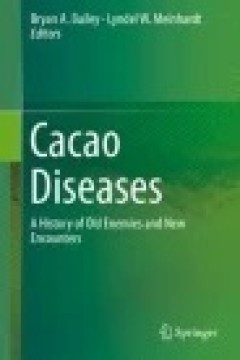
Cacao Diseases : A History of Old Enemies and New Encounters
This book reviews the current state of knowledge concerning cacao pathogens and methods for their management. Topics discussed include the history, biology and genetic diversity of Moniliophthora species (which cause witches’ broom and frosty pod rot) and Phytophthora species (which cause black pod rot) that cause diseases resulting in major losses to cacao production. Emerging pathogens …
- Edition
- -
- ISBN/ISSN
- -
- Collation
- -
- Series Title
- -
- Call Number
- 610.28
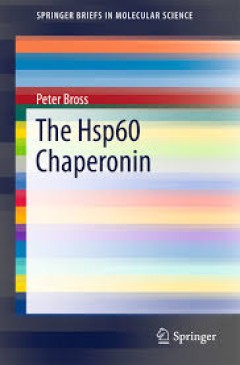
The Hsp60 Chaperonin
In this unique overview of the Hsp60 chaperonin, Peter Bross addresses molecular biologists, medical research scientists and individuals interested in molecular or general biology. First, Bross discusses the basics of the Hsp60 chaperonin in terms of its structure and the molecular mechanisms determining its function. Second, the author highlights the multiple roles of Hsp60 for cellular system…
- Edition
- 1
- ISBN/ISSN
- 978-3-319-26088-4
- Collation
- XV, 85,15 b/w illustrations, 4 illustrations in colour
- Series Title
- SpringerBriefs in Molecular Science
- Call Number
- -

Perspectives in Translational Research in Life Sciences and Biomedicine, Tran…
Bagi mahasiswa biosains, ini adalah abad biologi, peluang tampaknya tak terbatas. Oleh karena itu, mahasiswa ilmu hayati, baik itu zoologi, botani, fisiologi, mikrobiologi, imunologi, biokimia, bioteknologi, dan cabang-cabang khusus lainnya, memiliki ruang lingkup untuk memanfaatkan pelatihan khusus masing-masing dalam platform multidisiplin, dan menghasilkan karya inovatif, terobosan, dan meng…
- Edition
- Vol. 1
- ISBN/ISSN
- 978-981-10-0989-1
- Collation
- -
- Series Title
- -
- Call Number
- 610.28 BAN p
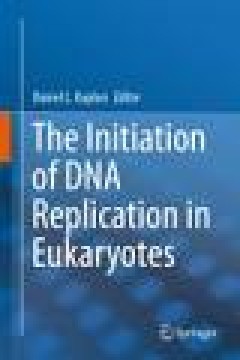
The Initiation of DNA Replication in Eukaryotes
Every time a cell divides, a copy of its genomic DNA has to be faithfully copied to generate new genomic DNA for the daughter cells. The process of DNA replication needs to be precisely regulated to ensure that replication of the genome is complete and accurate, but that re-replication does not occur. Errors in DNA replication can lead to genome instability and cancer. The process of repl…
- Edition
- 1
- ISBN/ISSN
- 978-3-319-24696-3
- Collation
- XII, 563, 3 b/w illustrations, 84 illustrations in colour
- Series Title
- The Initiation of DNA Replication in Eukaryotes
- Call Number
- -

Design of Efficient and Safe Neural Stimulators A Multidisciplinary Approach
This book discusses the design of neural stimulator systems which are used for the treatment of a wide variety of brain disorders such as Parkinson's, depression and tinnitus. Whereas many existing books treating neural stimulation focus on one particular design aspect, such as the electrical design of the stimulator, this book uses a multidisciplinary approach: by combining the fields of neuro…
- Edition
- -
- ISBN/ISSN
- 9783319281315
- Collation
- xiii, 124 pages
- Series Title
- -
- Call Number
- 610.28
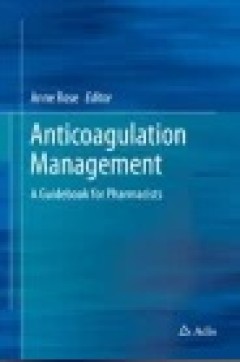
Anticoagulation Management: A Guidebook for Pharmacists
In addition to acting as a training guide for pharmacists, pharmacy residents and pharmacy students who seek to practice in areas associated with patients on anticoagulant therapy, the information presented within highlights the growing role of the pharmacist in these contexts. Readers will find useful information on anticoagulant management across all pharmacy practice areas, including the inp…
- Edition
- Ed. 1
- ISBN/ISSN
- 978-3-319-22602-6
- Collation
- XVI, 274
- Series Title
- -
- Call Number
- 615.542 ANT a
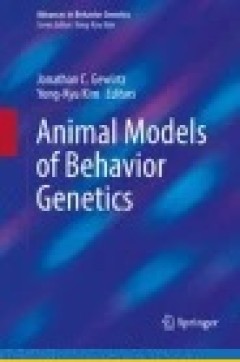
Animal Models of Behavior Genetics
This stimulating analysis reviews the broad potential of animal models to foster a deeper understanding of human pathology, strengthen connections between genetic and behavioral studies, and develop more effective treatments for mental disorders. Widely-studied and lesser-used species are examined in models that capture features along the continuum of normative and pathological behavior. The mo…
- Edition
- Ed. 1
- ISBN/ISSN
- 978-1-4939-3777-6
- Collation
- XVI, 389
- Series Title
- Advances in Behavior Genetics
- Call Number
- 616.80076 ANI a
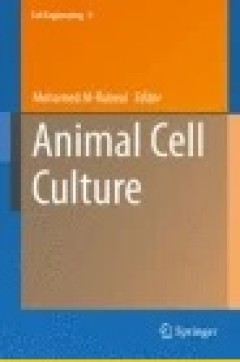
Animal Cell Culture
Animal cells are the preferred “cell factories” for the production of complex molecules and antibodies for use as prophylactics, therapeutics or diagnostics. Animal cells are required for the correct post-translational processing (including glycosylation) of biopharmaceutical protein products. They are used for the production of viral vectors for gene therapy. Major targets for this therapy…
- Edition
- Ed. 1
- ISBN/ISSN
- 978-3-319-10320-4
- Collation
- XII, 763
- Series Title
- Cell Engineering
- Call Number
- 574.87 ANI a
 Computer Science, Information & General Works
Computer Science, Information & General Works  Philosophy & Psychology
Philosophy & Psychology  Religion
Religion  Social Sciences
Social Sciences  Language
Language  Pure Science
Pure Science  Applied Sciences
Applied Sciences  Art & Recreation
Art & Recreation  Literature
Literature  History & Geography
History & Geography